Queen Victoria's Britain (Part 2 of 2): The Definitive Guide for Travellers
Queen Victoria’s Britain (Part 2 of 2) This two-part article on Queen Victoria’s Britain was prepared by one of our Odyssey Program Leaders, Mal Bock. She will be leading this small group tour especially designed for…
3 Mar 19 · 7 mins read
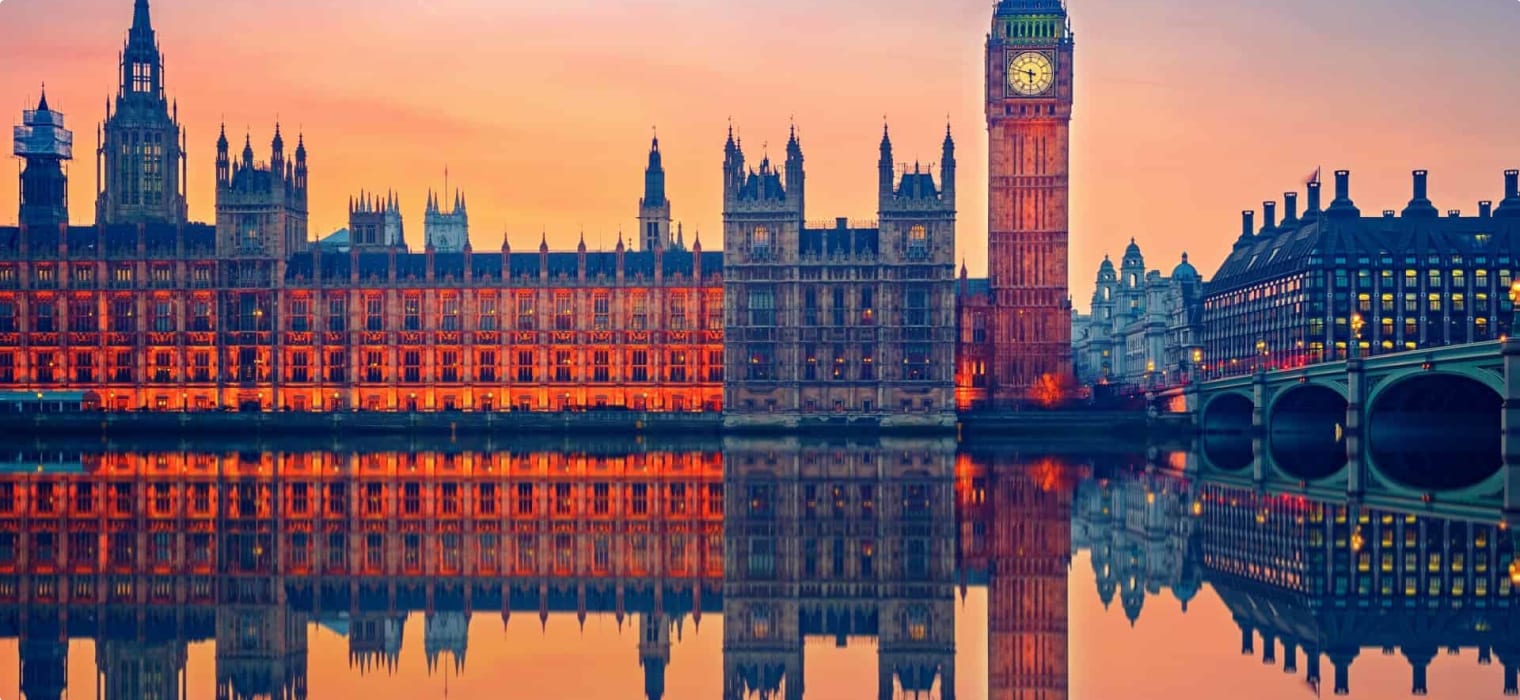
Queen Victoria’s Britain (Part 2 of 2)
This two-part article on Queen Victoria’s Britain was prepared by one of our Odyssey Program Leaders, Mal Bock. She will be leading this small group tour especially designed for senior travellers. Click here to read Part 1.
Mal Bock grew up and was educated in south-western NSW and after two years at Wagga Wagga Teachers College started teaching in 1970. She spent the next 34 years teaching English and History in a variety of NSW high schools with time off for travel and to complete a BA at Sydney University in 1985.
After retiring in 2004 Mal continued to indulge her love of travel and tries to spend two or three months each year in some distant part of the globe. A lot of this time has been spent in Europe and the UK but visits have also been made to Africa (including Rwanda), South America, Asia and the United States.
Mal has led multiple Odyssey Traveller tours in the past few years and teaches at Odyssey Summer Schools in Tasmania.
Art in the Victorian Era
As could be expected over such a long period, taste in art changed greatly during the Victorian era. When Victoria came to the throne in 1837 the British art world was dominated by the Royal Academy, founded by Sir Joshua Reynolds in the previous century. Reynolds, and the painters of the Academy, were heavily influenced by Raphael and classical theories of art. They believed, also, that the role of art was to make their subjects appear noble. John Constable and J M W Turner, although rivals, were leading members of the Academy. Constable died the year that Victoria came to the throne but Turner continued to paint until his death in 1851. So, we might think of Turner as, not just the best known, but also the greatest Victorian painter.
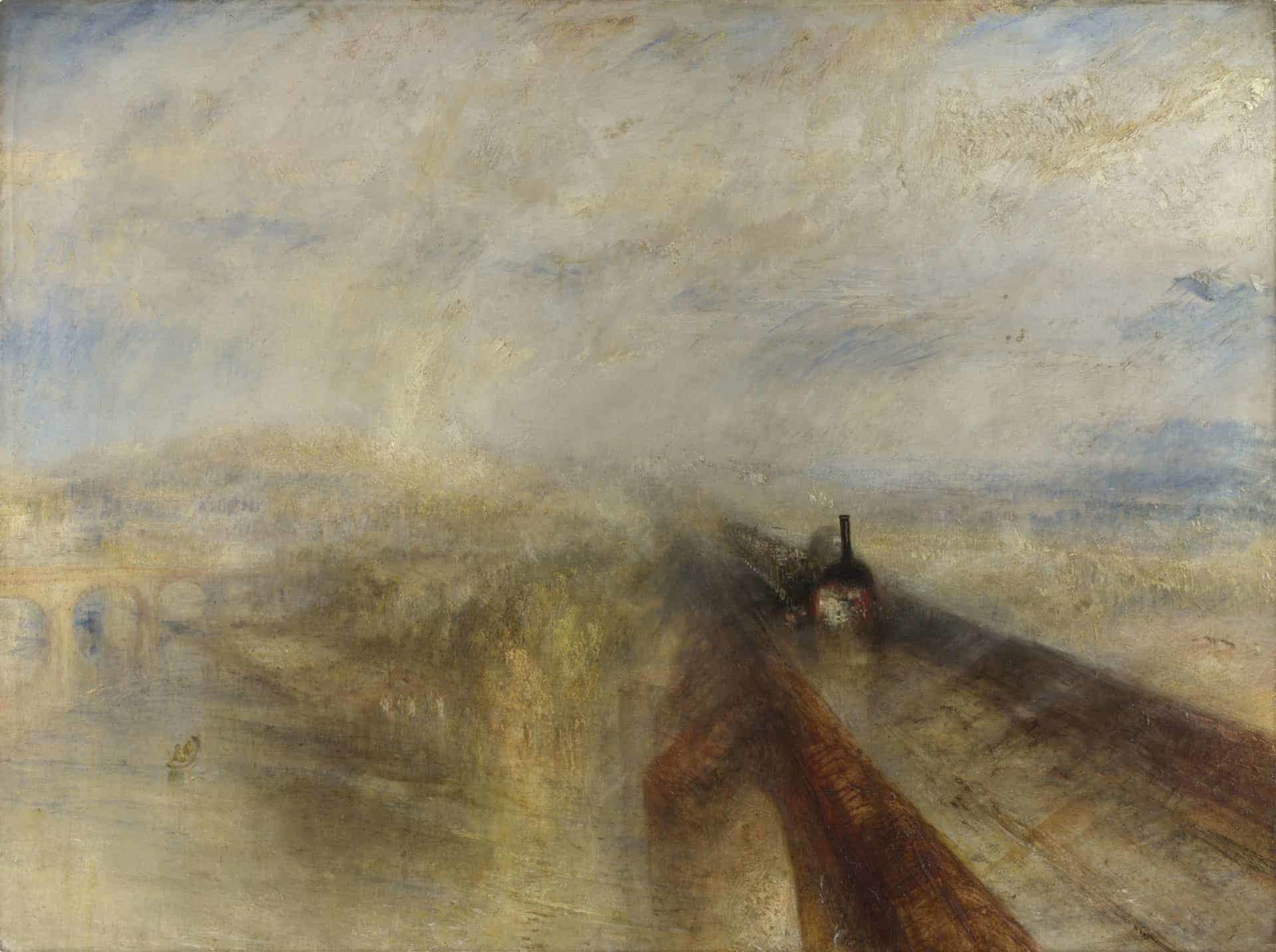
The Pre-Raphaelite Brotherhood was established in the 1840s as a reaction against the Academy. William Holman Hunt, John Everett Millais and Dante Gabriel Rossetti established the movement, rejecting the idea that the aim of art was to ennoble the subject. They believed that art should return to the ideals of those who came before Raphael. It should strive to show events as they might really have happened. John Ruskin, an influential critic, supported the movement. He argued in Modern Painters that the purpose of art should be to represent the world, not to idealise it. Although the Brotherhood soon broke up, their ideas continued to influence art for the remainder of the century.
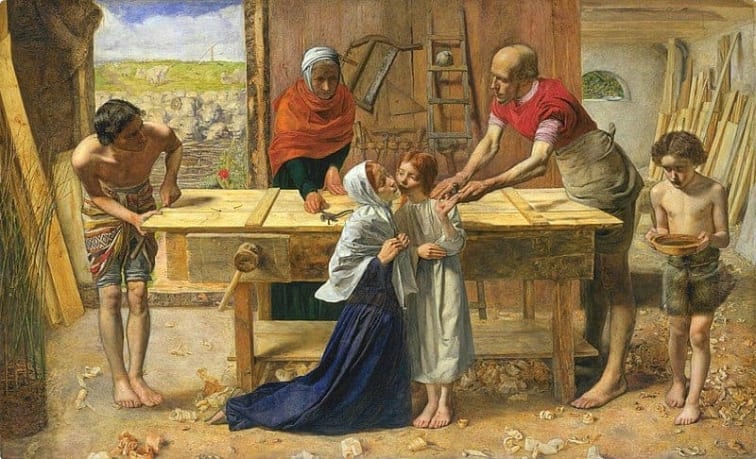
In the 1870s a number of French artists, escaping from the Franco-Prussian war, moved to Britain bringing new ideas. These Impressionist artists, such as Monet, Pissarro, and Sisley were largely rejected by the British art establishment though the American, James McNeil Whistler, moved to England and introduced Impressionist techniques to some of his students, including Walter Richard Sickert.
Some Victorian art presented a particularly sentimental view of the world. Edwin Landseer’s animal paintings are possibly those that come most readily to mind when we think about Victorian art. Paintings such as Monarch of the Glen and Saved fetched exceptionally high prices when they were painted, but are little regarded by most modern viewers.
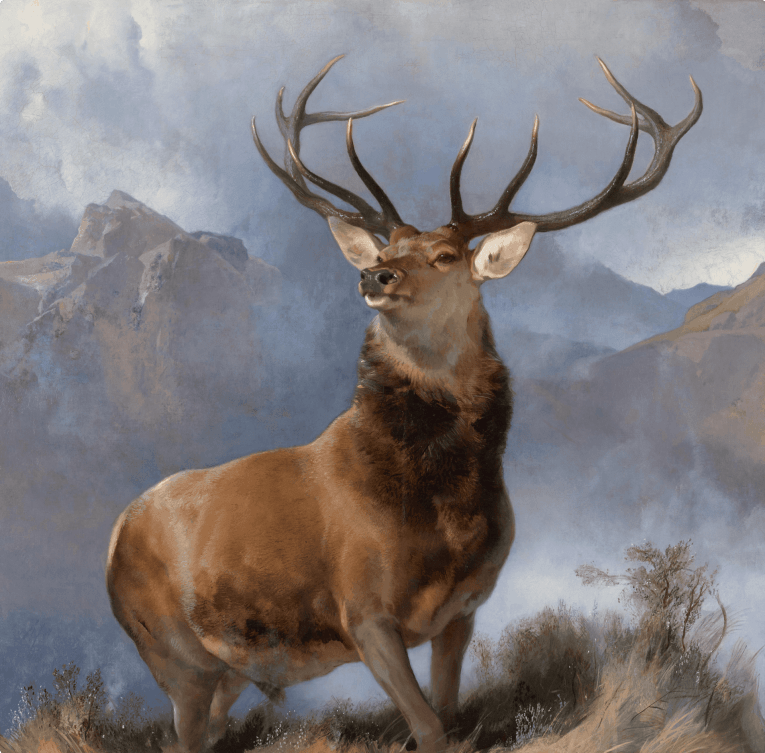
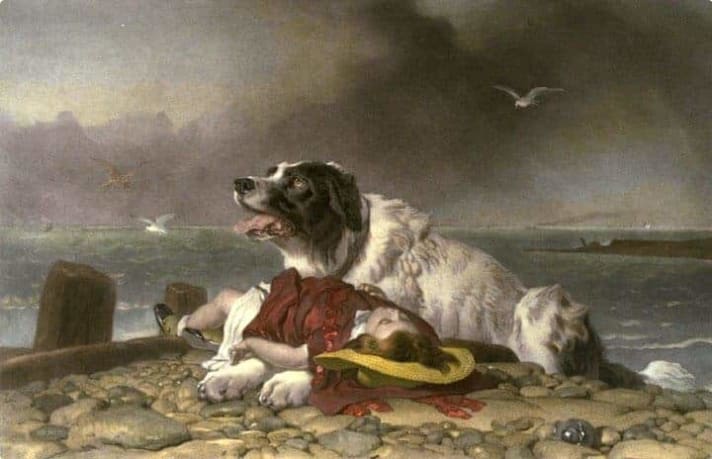
Changing Architecture
Architecture also varied widely across the period. The Neo-Classical style was still employed for many public buildings but there was a surge in building in Gothic Revival promoted by John Ruskin and Augustus Pugin. The Palace of Westminster (the Houses of Parliament) had been virtually destroyed by fire in 1834, just three years before Victoria came to the throne. A public competition, stipulating a return to either Elizabethan or Gothic styles, was held as it was claimed that these styles would best exemplify Britain’s “glorious” past. The Gothic design of Charles Barry and A W N Pugin was chosen and work began in 1840, though it took another 40 years to complete. It was thought that the Gothic style would best reflect conservative values and also be in harmony with what remained of the old building.
The industrial revolution had made it possible to build with new materials such as iron and plate glass. The Crystal Palace, designed by Joseph Paxton for the Great Exhibition, is one of the best examples of the use of these materials. Paxton was already a well-known garden designer and his design, based on a 10 in x 49 in module, the size of the largest glass sheet available at the time, promised to be quick to build and relatively cheap, both essentials of the design brief. All of the parts were pre-fabricated and easy to erect and the building was erected within five months. There was even room inside for a full sized elm tree, growing in the park, to be enclosed within the central hall.
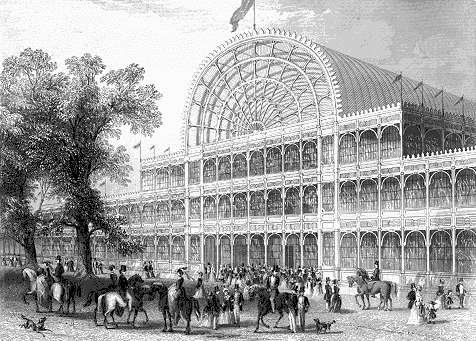
Protesting against the dehumanising effects of the industrial revolution, John Ruskin and William Morris made a concerted effort to return to hand crafted, pre-industrial, manufacturing techniques. Theirs was a revolt against industrial society and an attempt to re-establish the workmanship and style of the medieval period. They thought that the soullessness, ruthlessness, and shoddiness seen in mass production could be replaced by individual pride and high quality if only men would turn their backs on modern capitalism. They, of cause, were rich men who could afford the luxury of handcrafted goods. The poor continued to live in crowded, hastily constructed, dark and badly ventilated slums.
Towards the end of the period, Charles Rennie Mackintosh, living and working in Glasgow, was a dissenting voice against Victorian architecture’s return to the past. Uncompromising in his rejection of historicism, Mackintosh had more in common with the Art Nouveau movement on the European Continent.
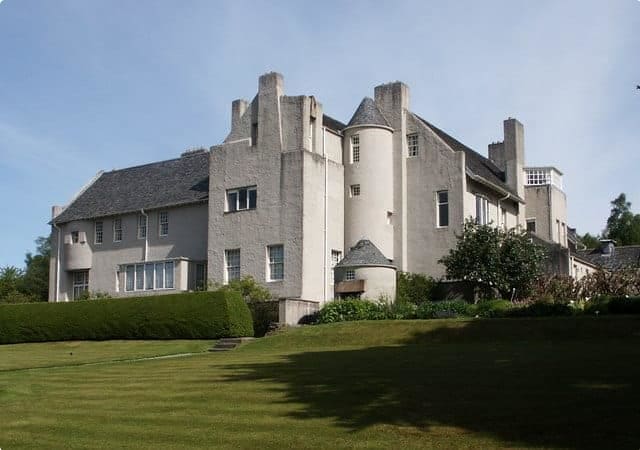
Entertainment
Entertainment, during Victoria’s reign, like almost everything else, varied enormously across class, sex and wealth levels. Before her marriage, Victoria is said to have been vastly amused by parties and balls. According to historian Dr Annie Grey, Victoria enjoyed dancing, drinking and staying up very late. So, the rich danced at balls, held sumptuous banquets, listened to concerts, watched operas, rode to hounds, played tennis and enjoyed a hundred other expensive pursuits. The middle classes followed suit as best they could while the poor, if they had any money at all to spare from just trying to stay alive, enjoyed the music halls, football matches, minstrel shows and dog fights. Playing sport became more popular, the rich took increasingly to golf while working class men played football.
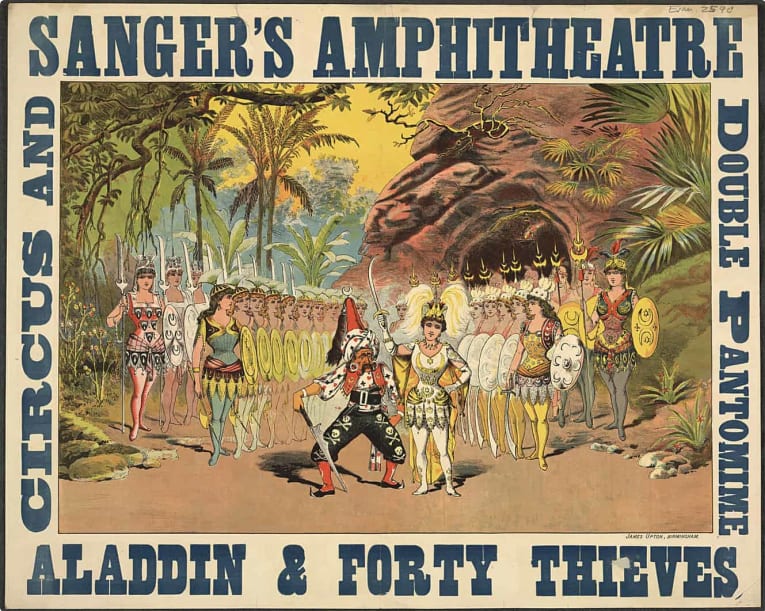
The music hall was popular from the early Victorian period (around 1850) and not ending until after WW I. Canterbury Hall in Lambeth, the first purpose built music hall was opened in 1852. It held 700 people, audiences were seated at tables and food and drink was served through the performance. Inspired by the success of the Canterbury, other music halls soon opened and by 1875 there were 375 spread across Greater London. The singing of comic songs remained at the heart of the music hall although all kinds of ingenious and strange speciality acts developed.
The Alexandra Theatre opened in 1875. It was a marvel of Victorian engineering as its stage allowed actors to disappear and fly. It was a place of spectacle and delight where audiences of up to 3,000 people were entertained by pantomime, opera, drama and ballet. There was a palm court, a cabinet of curiosities and a circus as well as the concert hall.
Education
Reading was also a popular form of entertainment among those who could actually read. Education, however, was far from universal at the start of Victoria’s reign. By 1837 the Factory Act of 1833 had required employers to provide half-time education for all workers under the age of 13, but the Act was not enforced and seldom practised. (Robert Owen, at his factory village of New Lanark, was one exception, he had established a school for working children well before the Factory Act.) Literacy rates among the poor, especially among women, were low when Victoria came to the throne but they slowly improved during the century as education gradually became compulsory.
Wealthy parents sent their sons to fee-paying schools but generally employed governesses for their daughters. Even among the wealthy, boys’ education was considered more important and they were likely to be taught academic skills, with a concentration on the classics, while their sisters, once they could read and write, were much more likely to be taught needlework, music, drawing and possibly French.
In 1833, Parliament authorised sums of money to be provided for the construction of schools for the poor in England and Wales but there was no unified system of education and, for the most part, it was left in the hands of churches and charities. “Ragged Schools” were set up to provide basic education for orphans and the very poor. By 1870 there were 350 such schools across the country. It was not until 1870 that the Education Act made it compulsory for all children, male and female, to get an elementary education. Compulsory secondary education was still some way off.
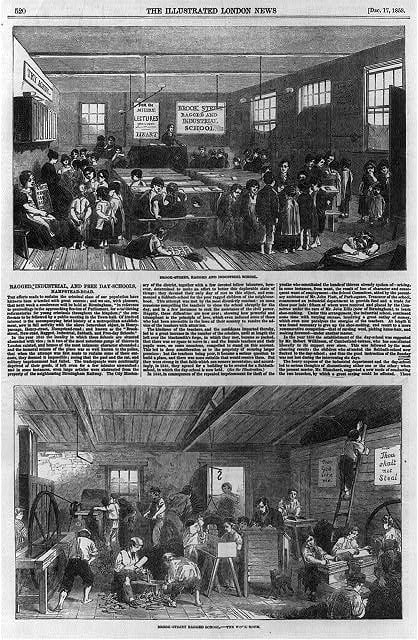
In conclusion
So, as we have seen, living and working conditions in Victorian Britain varied enormously. Generally life was pretty good for Upper and Middle-Class men, so long as they didn’t catch some dreadful disease, and good for their wives and daughter too, unless they wanted a proper education and the right to make their own decisions in life. For the rest of the population, life was generally still very difficult, though by 1901, some improvements had been made in the fields of education, housing, health, and life expectancy.
If you want to learn more about Queen Victoria’s Britain, click through to sign up for our tour, which will be led by Mal Bock.
We also have several other tours exploring the sights and history of the British Isles.
About Odyssey Traveller

Odyssey Traveller is committed to charitable activities that support the environment and cultural development of Australian and New Zealand communities. We specialise in educational small group tours for seniors, typically groups between six to fifteen people from Australia, New Zealand, USA, Canada and Britain. Odyssey Traveller has been offering this style of adventure and educational programs since 1983.
We are also pleased to announce that since 2012, Odyssey Traveller has been awarding $10,000 Equity & Merit Cash Scholarships each year. We award scholarships on the basis of academic performance and demonstrated financial need. We award at least one scholarship per year. We’re supported through our educational travel programs, and your participation helps Odyssey Traveller achieve its goals.
For more information on Odyssey Traveller and our educational small group tours, do visit and explore our website. Alternatively, please call or send an email. We’d love to hear from you!
Related Tours
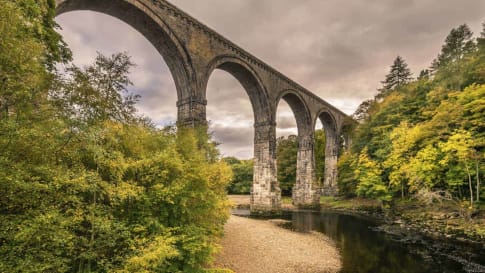
23 days
Oct, Apr, SepCanals and Railways in the Industrial Revolution Tour | Tours for Seniors in Britain
Visiting England, Scotland
A small group tour of Wales, Scotland & England that traces the history of the journey that is the Industrial revolution. Knowledgeable local guides and your tour leader share their history with you on this escorted tour including Glasgow, London, New Lanark & Manchester, Liverpool and the Lake district.
From A$17,860 AUD
View Tour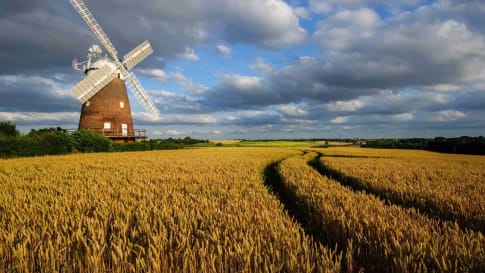
23 days
AprAgrarian and Industrial Britain | Small Group Tour for Mature Travellers
Visiting England, Wales
A small group tour of England that will explore the history of Agrarian and Industrial period. An escorted tour with a tour director and knowledgeable local guides take you on a 22 day trip to key places such as London, Bristol, Oxford & York, where the history was made.
From A$17,275 AUD
View Tour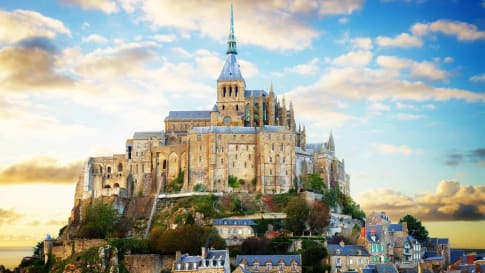
22 days
May, Sep, AprAnglo French Tour | Normandy, Brittany, Channel Islands tour
Visiting Channel Islands, England
Our 21 night program has daily itineraries with plenty of authentic experiences provided by passionate local guides in the key destinations in France, Channel Islands and England for this small group of like minded people. For Solo travellers minimal single supplement applies for this European tour.
From A$17,995 AUD
View Tour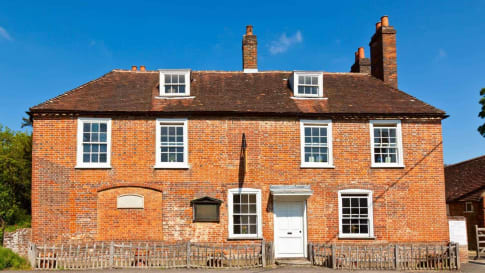
22 days
AugDiscovering the art and literature of England: Jane Austen, Shakespeare, and more
Visiting England
Stratford upon Avon, Shakespeares birthplace and Anne Hathaway's cottage as well as the Lake district a UNESCO World site and Dicken's London are part of guided tour for a small group tour of like minded people learning about the art and literature of England. Your tour leader and local guides share day tour itineraries to create a unique travel experience.
From A$17,765 AUD
View Tour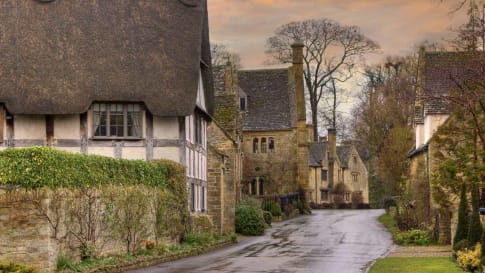
19 days
Jun, SepEngland’s villages small group history tours for mature travellers
Visiting England
Guided tour of the villages of England. The tour leader manages local guides to share their knowledge to give an authentic experience across England. This trip includes the UNESCO World heritage site of Avebury as well as villages in Cornwall, Devon, Dartmoor the border of Wales and the Cotswolds.
From A$16,995 AUD
View Tour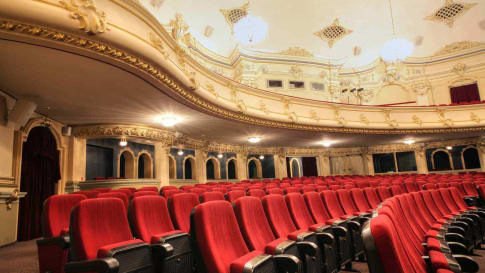
9 days
AugGilbert and Sullivan Festival Small Group tour
Visiting England
A 9 day tour with a tour director and local guide explore the Victorian music of Gilbert and Sullivan. We visit on this journey, Manchester, Harrogate, Oxford & London, attending the Gilbert & Sullivan festival and places of historic interest.
From A$8,910 AUD
View Tour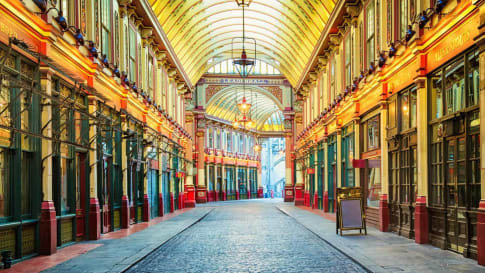
21 days
Sep, JunQueen Victoria's Great Britain: a small group tour
Visiting England, Scotland
A small group tour of England that explores the history of Victorian Britain. This escorted tour spends time knowledgeable local guides with travellers in key destinations in England and Scotland that shaped the British isles in this period including a collection of UNESCO world heritage locations.
From A$15,880 AUD
View Tour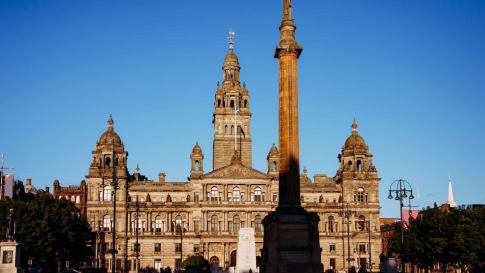
From A$13,915 AUD
View Tour


